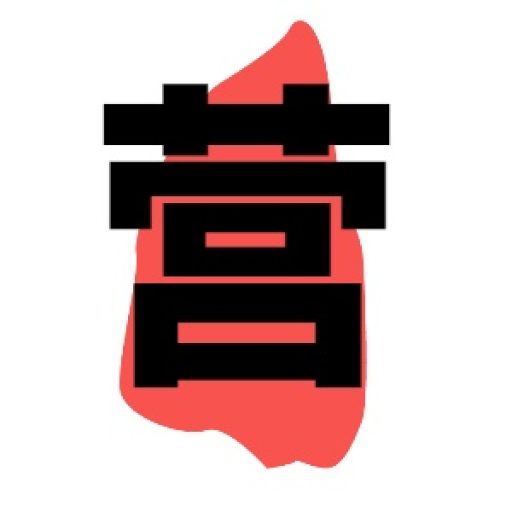1. 品生产质量管理规范(GMP):Good Manufacturing Practice
2. 食品与品监督管理局(SFDA):State Food and Drug Administration
3-4. 总则(General Provisions)与品管理法(the Drug Administration Law of the People's Republic of China):这两者构成了品生产与管理的基石。
5. 制剂(Preparation)、原料(API: Active Pharmaceutical Ingredient)与成品(finished goods):是品生产过程中的关键环节。
6-10. 工序(process)、机构与人员(organization and personnel)、专业知识(professional knowledge)、生产经验(production experience)和能力(organizational skill):这些都是确保品生产顺利进行的重要因素。
11-14. 技术人员(technical staff)、实施(implementation)、质量管理(quality management)和质量检验(quality inspection):是保证品质量的关键步骤。
16-20. 高生物活性(highly potent)、高毒性(high toxicity)、污染(contamination)、考核评估(assessment)和厂房与设施(buildings and facilities):这些是品生产环境中需要特别注意的要素。
21-38. 接下来的内容涉及生产环境的洁净度、空气洁净级别、昆虫控制、洁净室(区)的设计、光滑无裂缝的表面、无颗粒物脱落、消毒和无菌等方面的具体要求和标准。
39-52. 接着讨论了设备(equipment)、物料(material)、中间产品(intermediate product)和待验品(quarantined material)的管理,以及应急情况下的净化(purification)和微生物学(microbiology)的相关内容。
53-68. 接下来是对包装(packing, package)、循环使用(recycling)、微粒(particles)、辐射(radiation)和细菌、病毒、细胞等生物安全方面的详细规定。
69-83. 内容还涉及了中的加工处理、提取、浓缩等传统工艺,以及现代制技术的使用,如蒸、炒、炙、煅等。还讨论了通风、除烟、除尘、降温等设施的要求。
84-93. 对于设备的选择、润滑剂和冷却剂的使用、流向控制、纯化水、注射用水等关键环节也进行了详细说明。
94-107. 接下来的部分是关于物料的管理,包括购买、发放、产地、入库、固体和液体物质的区分,以及挥发性物质的特殊处理要求。
108-125. 对易燃易爆物品的 handling,验收流程,使用说明书和标签的要求,以及车间和辅房的卫生清洁标准等进行了详细规定。
126-143. 包括工作服的管理,颗粒性物质的处理,传染病和皮肤病的预防措施,以及验证、确认和安装等质量保证措施。
144-152. 内容涉及文件管理、投诉处理、报废流程,以及品名、处方和技术参数等关键信息的记录与保存。
153-162. 最后部分讨论了生产管理的各个方面,包括预防、混合防止、喷雾技术,以及质量管理的内控标准、滴定液和培养基的使用等。
通过上述内容的详细解读,希望能够帮助您更好地理解和执行品生产质量管理规范,确保品的安全性和有效性。
In-process product and intermediate product
批号/Batch Number
用物料/Medicated feed materials
用预混合料/Medicated Premix
质量控制部门/QADepartment
理论产量与实际产量/Theoretical yield vs. Actual yield
比例关系/Percentage or rate
验收标准/Acceptance Criteria
代表性样品/Representative Sample
微粒状的物质/Particulate matter
污染物/Contaminants
石棉/Asbestos
诊断过程/Diagnostic process
缓解措施/Mitigation steps
化学变化/Chemical change processes
成分与组件/Components or ingredients
制备与复合/Fabrication and compounding
混合操作/Blend operations
加工过程/Processing steps
物浓度/Concentration of drugs
单位剂量品/Unit-dosed medications
效价与纯度/Titer and purity
规格与强度/Strength and specifications
监督与监测工作/Supervision and monitoring tasks
实验室设施/Laboratory facilities
无菌操作规程/Sterile or aseptic procedures
空气过滤与加热系统/Air filtration and heating systems
预过滤器及管件安装/Profiler and plumbing installation
排气系统运行管理/Exhaust system management
污水与废料处理设施/Sewage and waste disposal systems
卫生盥洗设备/Toilet facilities
垃圾分类与处理/Trash disposal and recycling
有机废弃物处理措施/Organic waste management measures
杀鼠剂、杀虫剂、杀真菌剂及熏蒸剂等/Rodenticides, insecticides, fungicides, and fumigants
清洁剂和消毒剂/Cleaning agents and sanitizers
润滑材料的使用与选择/Use and selection of lubricants
自动、机械和电子设备的应用/Use of automatic, mechanical, or electronic equipment
微型胶卷存储与管理/Microfilm storage and management
注射技术及设备应用情况/</ 5;s use of injection equipment.
无菌取样技术的实施与规范/ 实施和规范无菌取样技术
显微镜在医行业的应用 / Use of microscopes in the pharmaceutical industry
热源和内毒素的检测和控制 / Detection and control of pyrogen and endotoxin
变更管理和控制程序 / Change control procedures
原料进料验收 / Raw material charge-in and acceptance
项目代码与编号系统 / Item codes and numbering systems
产品鉴别与分类 / Product identification and classification
片剂、胶囊、颗粒剂的生产与管理 / Tablets, capsules, and granules production and management
品的溶解时间与溶出时间控制 / Control of dissolution time and rate for drugs
产品隔离系统建立及运用 / Establishment and use of product quarantine systems
返工流程和规范 / Rework processes and specifications
